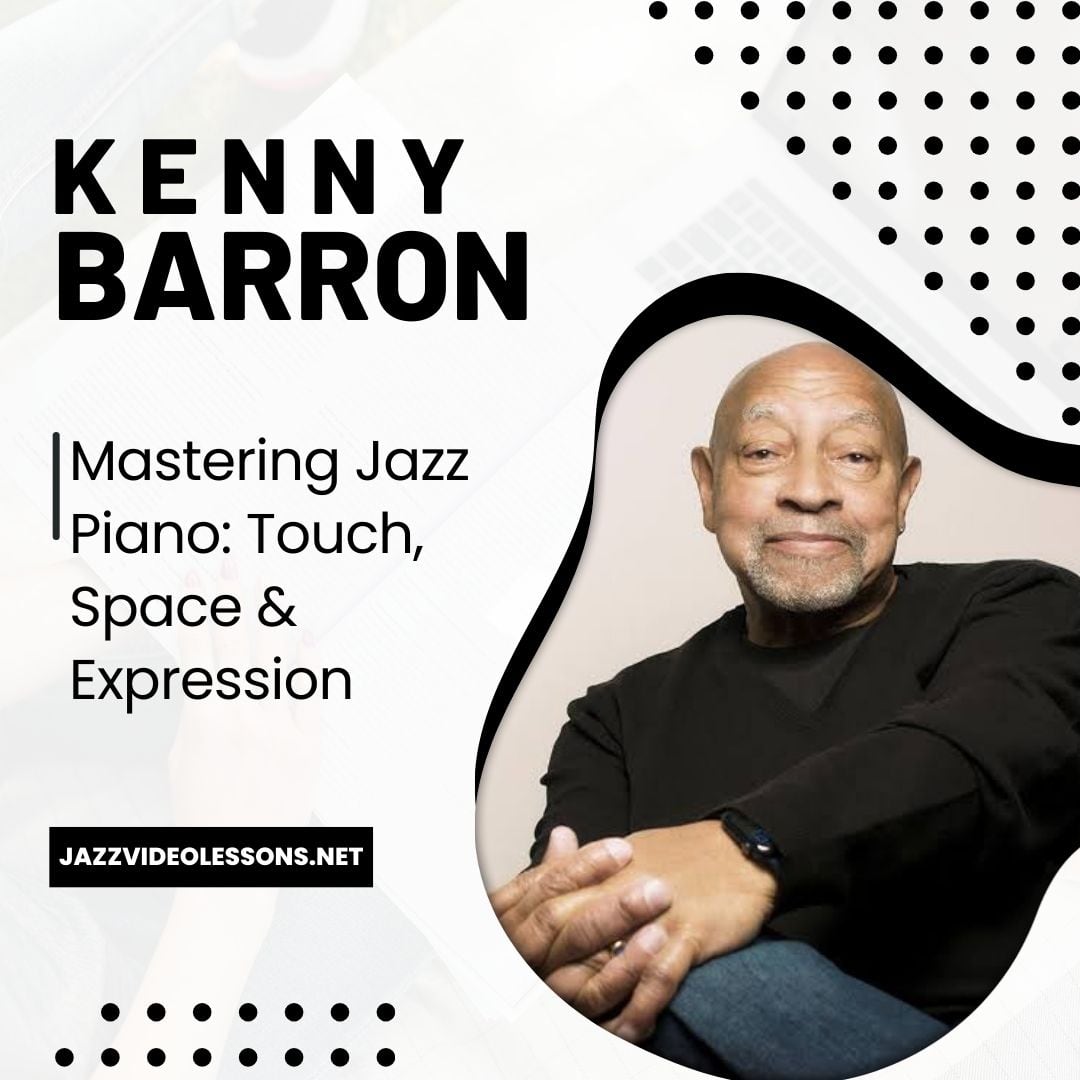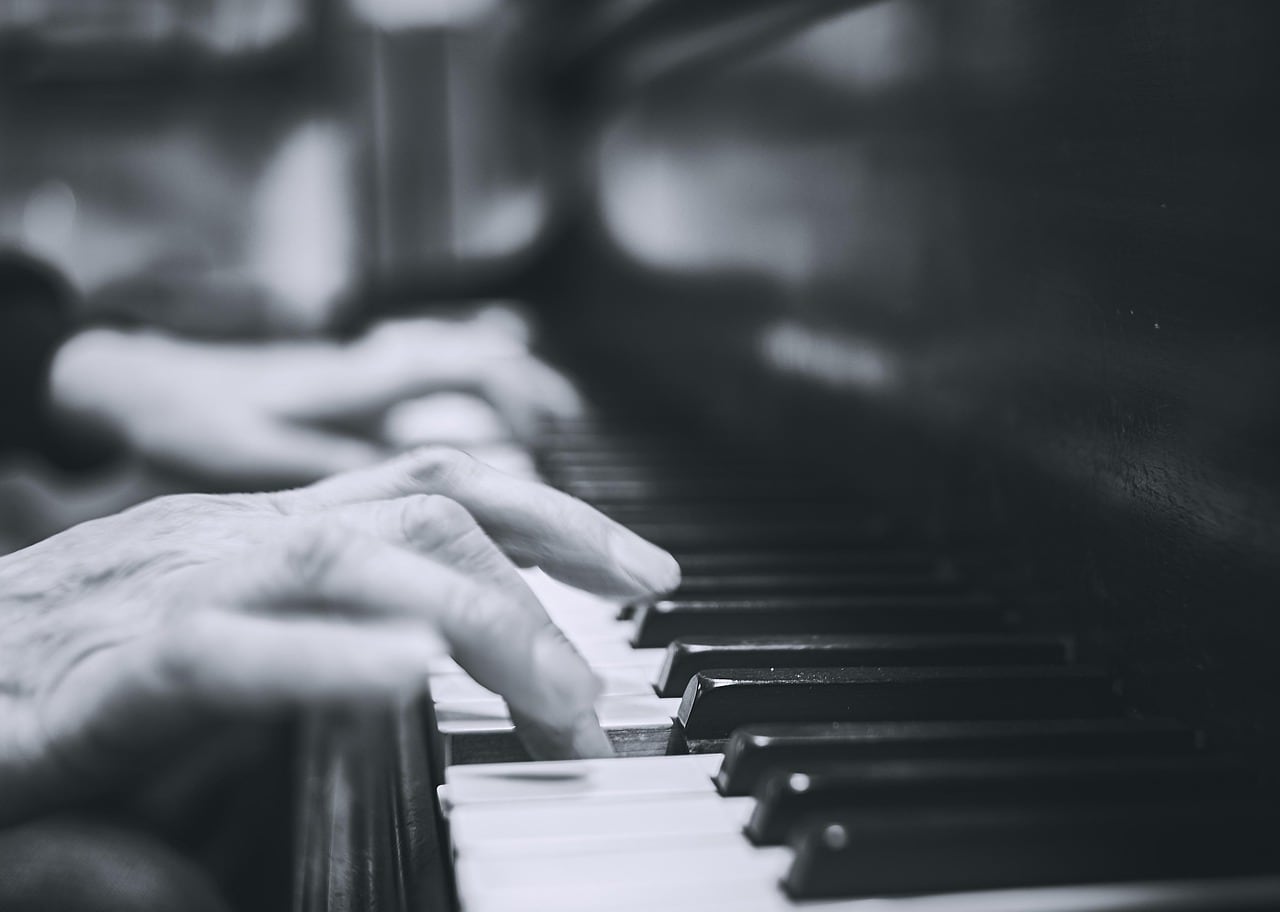To Bop or Not to Be: A Jazz Life
Born on October 21, 1917, in Cheraw, South Carolina, John Birks “Dizzy” Gillespie emerged as a trailblazing force in jazz, celebrated for his extraordinary trumpet prowess, innovative improvisational style, and captivating stage presence. Raised in a musically enriched environment, Gillespie’s early encounters with the vibrant jazz scene in Philadelphia ignited an enduring passion for the trumpet, laying the foundation for his remarkable journey.
Explore other free jazz lessons!
In the 1930s, Gillespie ventured to New York City, where he fine-tuned his skills while collaborating with orchestras led by Teddy Hill and Cab Calloway. Nevertheless, it was the 1940s that witnessed his transformative influence as a key architect of the bebop movement, a genre that would reshape the landscape of jazz. Collaborating seamlessly with visionaries like Charlie Parker and Thelonious Monk, Dizzy propelled bebop into the forefront, characterized by intricate harmonies and rapid tempos.
Beyond his trumpet virtuosity, Gillespie’s impact extended to composition, arrangement, and leadership. His big band, featuring luminaries such as James Moody and John Lewis, played a pivotal role in popularizing bebop. Transitioning seamlessly from performer to composer, Dizzy’s multifaceted talents left an indelible mark on the evolution of jazz.
Moreover, Gillespie’s enduring legacy involves the fusion of Afro-Cuban elements into jazz, creating the genre of “Cubop” or “Afro-Cuban jazz” through collaborations with percussionist Chano Pozo. These innovative endeavors marked a significant departure from traditional jazz conventions, showcasing Dizzy’s commitment to pushing artistic boundaries.
Throughout his illustrious career, Gillespie garnered numerous accolades, including Grammy Awards and the Presidential Medal of Freedom. His influence persists, and his innovative spirit resonates with musicians and fans alike. Dizzy Gillespie’s passing on January 6, 1993, marked the end of an era, but his rich legacy ensures that he remains a timeless icon in the ever-evolving tapestry of jazz.
Watch the documentary 'To bop or not to be: A Jazz life' :
Selected quotes:
“Before bebop, there weren’t many musicians who knew about chords”.
The swing era, which predates bebop, featured arrangements and compositions with intricate harmonies. Bands like Duke Ellington’s and Count Basie’s employed complex harmonic structures and chord progressions.
Bebop, which emerged in the 1940s, represented a stylistic shift in jazz, characterized by faster tempos, complex melodies, and intricate harmonies. Bebop musicians pushed the boundaries of harmony and improvisation, but they built upon the foundation laid by earlier jazz musicians who were already familiar with chords.
Bebop, rather than introducing the concept of chords to musicians, expanded on existing harmonic knowledge and pushed the boundaries of what could be achieved within a jazz context.
“It’s not an easy music to learn”.
“You have to think all the time, jazz requires a better conception of music”.
That’s true, it is a challenging music to master. That’s what makes it interesting, you can always learn or improve something! Here are a few examples of how bebop brought jazz to another level:
-
Complex Harmony: Bebop introduced more complex harmonic structures and chord progressions compared to the simpler harmonies often found in swing music. Musicians in bebop were known for using extended chords, alterations, and rapid chord changes, requiring a deeper understanding of music theory.
-
Fast Tempos: Bebop tunes often feature faster tempos than swing. The increased speed can make improvisation more challenging, requiring musicians to think and execute musical ideas quickly and accurately.
-
Intricate Melodies: Bebop melodies are often characterized by intricate and fast-paced lines. Musicians need a high level of technical proficiency to navigate these complex melodic patterns.
-
Emphasis on Improvisation: While swing also involves improvisation, bebop takes improvisation to a new level of complexity. Bebop solos often feature rapid and intricate melodic lines, and musicians are expected to navigate complex chord changes with fluency and creativity.
-
Less Emphasis on Danceability: Swing music was primarily dance music, and its rhythms and arrangements were often tailored to support dancing. Bebop, on the other hand, shifted the focus more towards a concert setting, where musicians had greater freedom for intricate and virtuosic performances.
-
Ear Training Challenges: Bebop places a high emphasis on ear training. Musicians are expected to have a strong ear for recognizing and navigating complex harmonic progressions and melodic lines, which can be challenging for some learners.
“The music of today owes a lot to bebop”.
-
Small Ensemble Configurations: Bebop often featured small ensembles, typically a quartet or quintet. This departure from the big band format allowed for greater individual expression and interaction among musicians. Many contemporary bands, regardless of genre, draw inspiration from the intimacy and flexibility of smaller ensemble configurations.
-
Influence on Fusion and Contemporary Jazz: Bebop laid the foundation for subsequent jazz styles, including cool jazz, hard bop, modal jazz, and fusion. These styles, in turn, have influenced contemporary jazz, which incorporates a wide range of elements from various jazz traditions, including bebop.
-
Integration of Global Influences: Bebop musicians were open to exploring global influences in their music. This openness to diverse musical traditions has continued in contemporary music, where artists often blend elements from different cultures and genres to create innovative and hybrid styles.
-
Emphasis on Individual Artistic Expression: Bebop emphasized the individual artistic expression of musicians. This focus on personal creativity and originality is a value that resonates across contemporary music genres, where artists often strive to develop their unique voices and styles.
“You can miss the note, but you can’t miss the time!”
Possibly the most important quote of all! It is above everything else the most important to have a solid time and develop your rhythmic creativity.
“I learned more in Dizzy’s band than in school” (John Lewis)
I teach a lot. I’m a teacher at the ASMM (Paris), I founded JVL in 2013, I teach privately online and in person. To my weekly students, who I meet for 2 hours every week, I make them realize that’s only 1.2% of their time and there is much more to be learned than what we can do in class.
Nothing is better than actual experience. If you have to choose between going to a class or to a gig, do the gig. You will learn much more.
That being said, John Lewis refers to an era when bands would play at least a week in the same club, and on the road most of the year. Today is a different era!





